The Arab is one of the oldest breeds globally, dating back to 3000 B.C, as their records and pedigrees have been delicately preserved through ancestral hands. Their story is one filled with impressive historical leaders, prophets and royalty; that rode on the backs of this strong horse towards a new world, battling the struggles of early civilizations and communities.
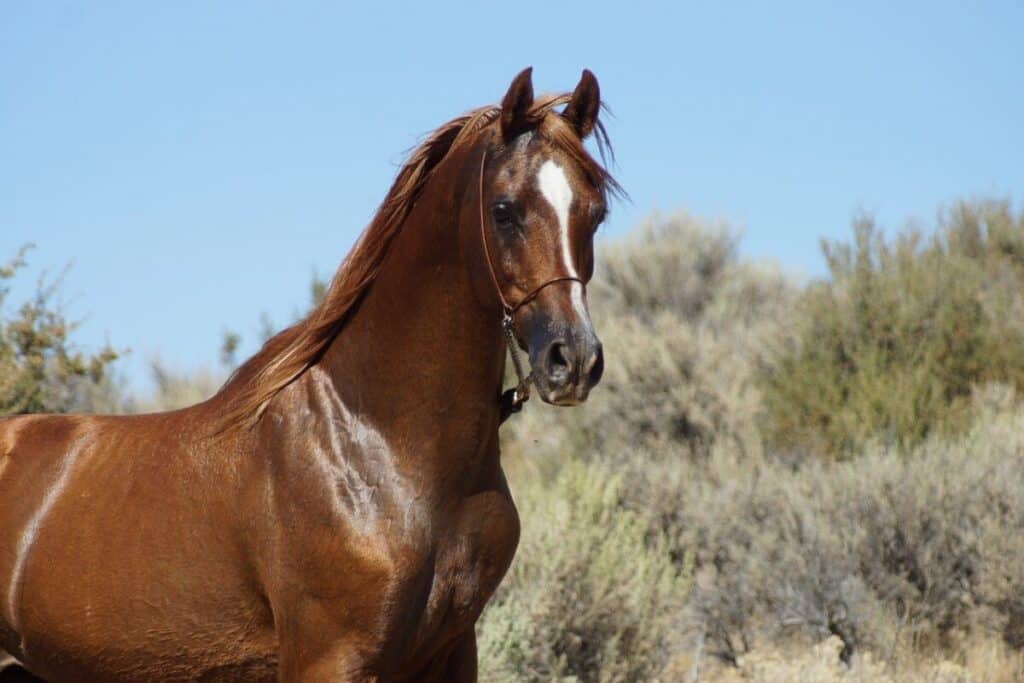
Through their various riders, trainers and human companions, this breed has seen firsthand the anthropomorphic traditions of art, love, conquest, passion and even poetry bringing them to the humbled and beautiful breed that they are today.
The modern Arab horse displays a masterful combination of elegance, temperament, agility and intelligence that is celebrated worldwide, making them one of the most popular breeds. So without further ado, let’s dive into behind-the-scenes of this highly esteemed four-legged creature.
Background
What do Genghis Khan, Napoleon, and George Washington all have in common? Apart from all being prominent leaders of their generation, they all rode Arabian stallions along their vast quests. No wonder these animals are widely celebrated today, considering the world’s most notable forefathers rode upon their backs in a time where deciding which horse to ride could be the last decision you made.
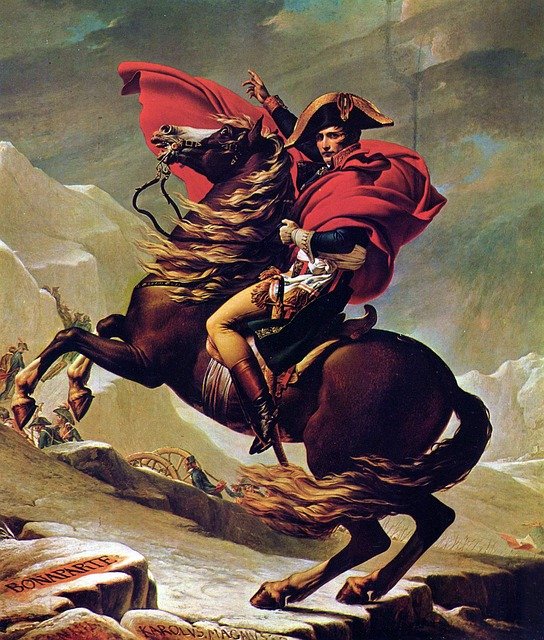
The Breed Records
The breed’s ancestral records and original pedigrees have been delicately preserved through the hands of many generations, dating their origin back to the year 3000 B.C. Still, legend says their history surpasses even further. Without written records from these ancient times, it is impossible to know for certain how far back these creatures originate and from where, but most experts speculate that their homeland nears the Arabian Peninsula.
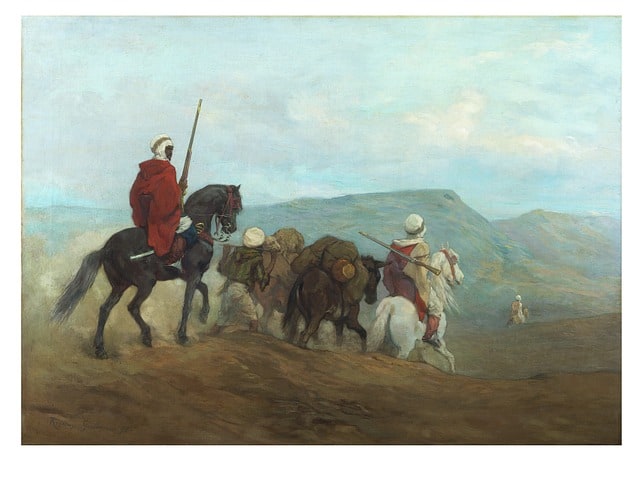
Most of the breed’s primary records were preserved in the hands of the Bedouin tribe, a group of historic nomads that roamed the Middle Eastern deserts of North Africa, Egypt, Israel, Iraq, Syria, Jordan, and of course, the Arabian Peninsula. Considering the harsh lands of the tribe’s desert living, they required a horse with unbeatable stamina and agility to cross the scorching heats of the plains for days at a time. The Arab horse filled the occupation brilliantly; able to cross the desert’s boiling sands for periods that could last up to months, with limited water sources as they carried the tribe’s food sources, weapons, and living equipment.
The Beginning of The Great Arabian Desert Race
While their main job was to act like the tribe’s leading transportation system, the Bedouin peoples connected with this breed that lives on in today’s equine-to-human relationships. Some Arabs were even so adored by their owners that they were brought into the family tents at night, where they would share the warmth and protection of their humans.
During the long missions across the various deserted lands, the nomads invented games to pass the endless road hours to keep their minds entertained. This was the birthplace of the great Arabian Desert race that lives on today, which has even inspired many cinema interpretations, including the 2004 biographical western film named “Hidalgo.” Riders and horses are tasked to navigate their way through the unforgiving terrain of the Arabian Desert for a prolonged time, lasted for days at a time. What started as short but sweet road trip races quickly developed into a world-renowned equine sport, introducing the Arabian as an excellent racing breed, able to run for endurance and speed.
The Speed & Endurance Capabilities of The Arab Lead To A Growth in The Breed’s Popularity
This ability to run for long distances helped to grow the breed’s popularity across the continents, and eventually the breed made its way over to Europe for war and trade. Their impressive ability quickly earned them a reputable reputation across various countries, catching the attention of great leaders such as the Genghis Khan and the prophet Mohammed, who encouraged his followers to treat this breed with an excellent level of respect.
Various Arabians can be seen displayed on the canvases and portraits of many great leaders, royals, and prophets, as they were a breed considered to be a symbol of power, wealth, and prosperity. While the breed’s popularity can be found more commonly in Europe and the Middle Eastern continents, they remain an impressive breed within the United States as well. Introduced to the states in the early 1700s, they quickly reinstated their notable name, primarily used as a racing breed.
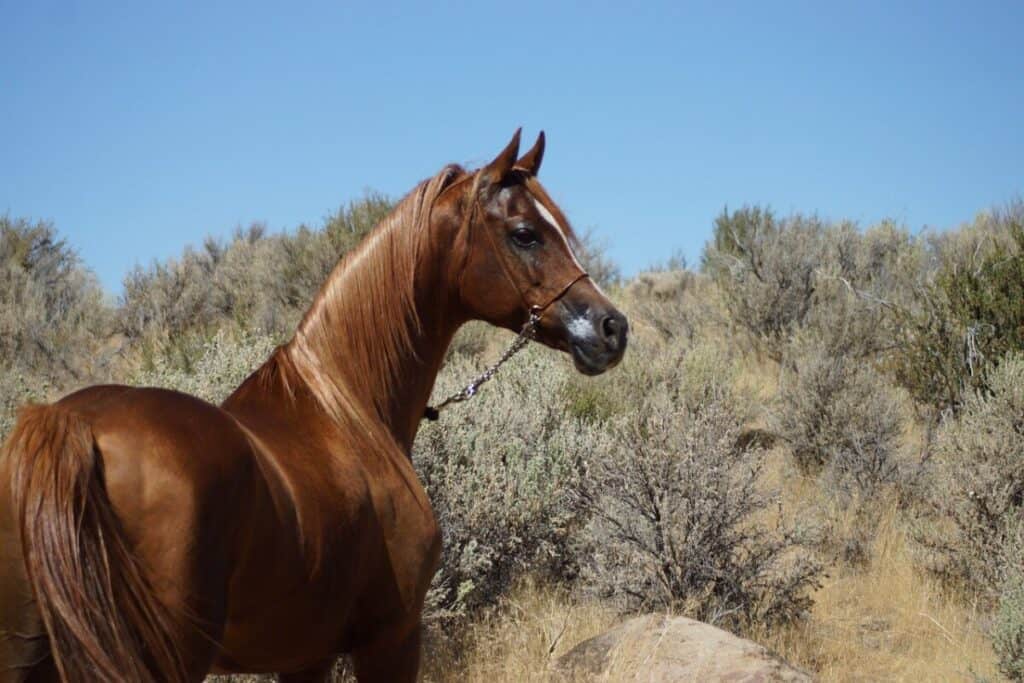
The Arab Horse in America.
Nathan Harrison of Virginia was noted as the first person to ship the breed to the states in 1725. He did so by bringing one stallion overseas, who later fathered over 300 foals from North American grade mares.
One of the first Arabians was owned by George Washington, who would later crossbred his stallion with the US cavalry mounts to further strengthen their military force.
Keene Richard, another pioneer of the breed in search of furthering its popularity, travelled to the Arabian Desert in 1853, bringing back several stallions and two mares to begin the official state-wide breeding of the Arabian horse. The breed’s popularity only grew thus more after the Chicago World’s Fair in 1893, as they become more readily available to the public as their breeding regimes increased.
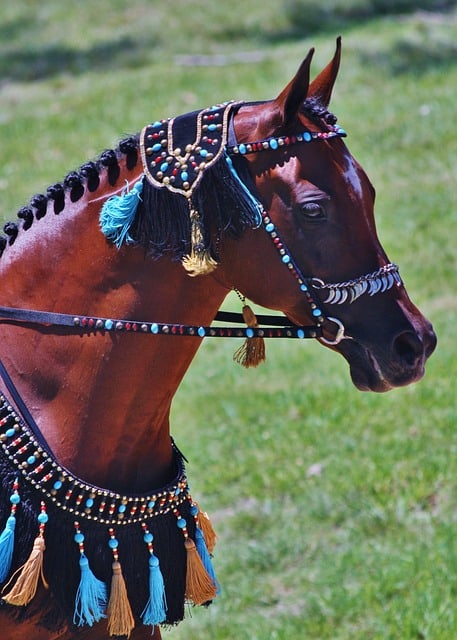
The Arab The Forefather Of The Most Notable Thoroughbreds.
By the year 1908, the Arabian Horse Registry of America was officially established. Returning to our European countries is where the Arabian breed shines. Names such as Darley Arabian, Godolphin Arabian, and Byerley Turk are the forefathers that hold claim to the most notable Thoroughbred Racing Horses globally. That’s right, some of the world’s leading racing breeds date back to the Arab breed itself.
Darley Arabian alone is responsible for nearly 95% of paternal lineages, producing top-of-the-line racers since the early 1700s. The breed lays claim to many of Europe’s most impressive racing names, initially bred for their unparalleled stamina and endurance given the harsh conditions of their desert homelands
An Intelligent Breed.
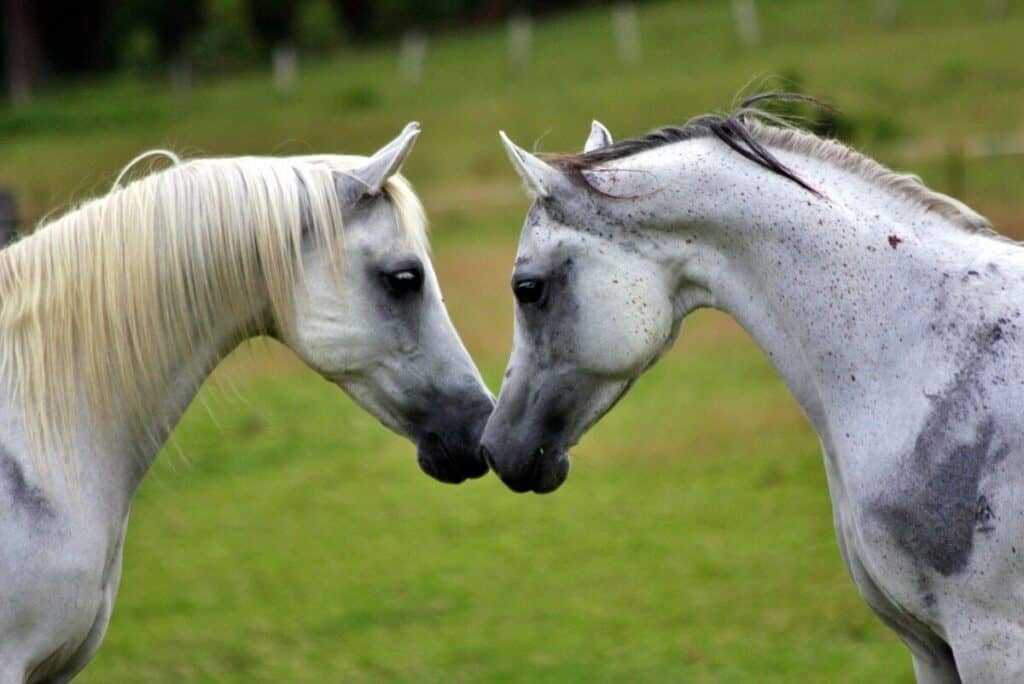
The horse itself is described as a social creature among the human communities, making them a great addition to the family. While their temperament is usually well-paired with a steady owner who treats them with respect and knowledgeable tactics, this breed can be known to use their intelligence and sensitive nature to overwhelm their owners if put in an unfavorable circumstance.
With this in mind, it can become easy for an Arabian horse to develop considerably bad habits if placed in the wrong home. In other words, if you treat your Arab with a high level of respect and mutual understanding, as the great prophet Mohamed suggested, conflict can be easily avoided.
Distinctive Appearance.
Appearance-wise, the Arabian horse can sometimes be described as an acquired taste, but throughout history have been widely celebrated for their unique characteristics.
A typical Arab horse is built with a long and arched neck, holding up its distinguished dished face. Aside from their beautifully sculpted facial features, this breed is universally known for its competitive endurance, making them perfect for nearly all equestrian sports found within the English riding community.
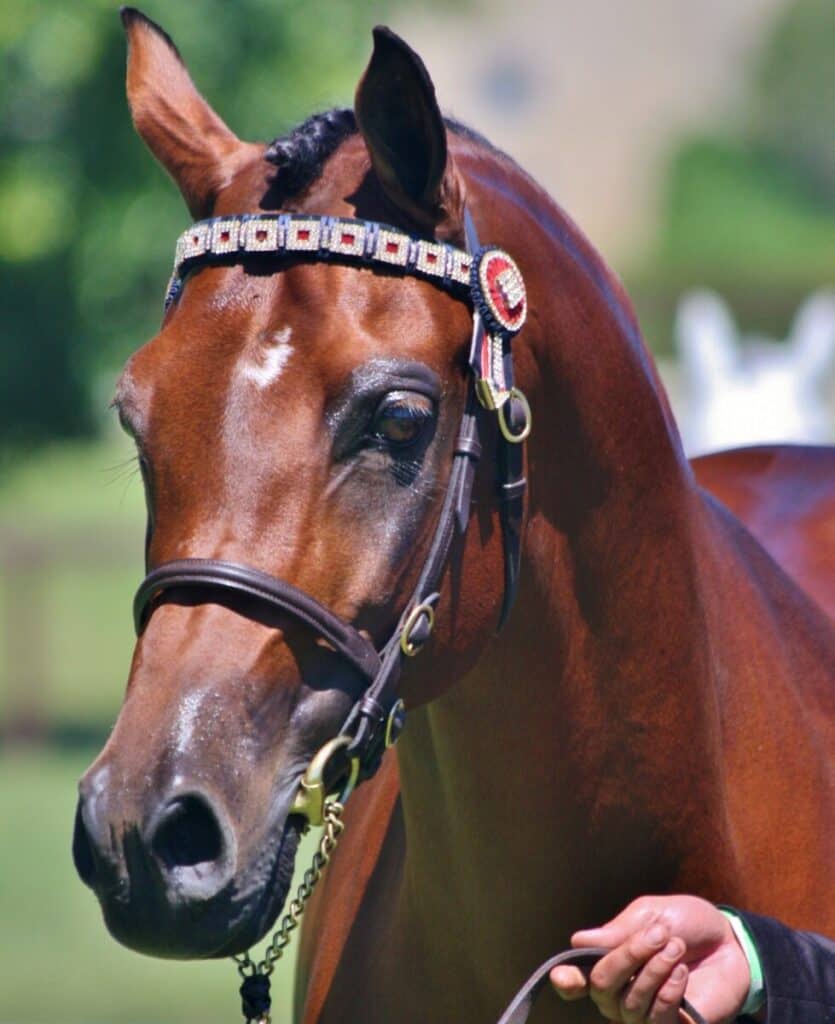
“The Arab is Intelligent & Athletic with wonderful Endurance Qualities, making it the perfect choice for Endurance Riding.”
While their many attractive attributes may persuade you to seek out an Arabian as your next four-legged companion, be sure that you have the proper funds to supply this seemingly high-maintenance breed. Considering their elevated endurance, these horses can become bored very quickly and require a regular exercise regime to keep their mind entertained. With all these considerations in mind, the Arabian horse is known to be a great addition to any equine family, and just think that you could be riding a great, great, great, grandkid of the most notable Arabians in history.
This article was originally published in the May 2021 Issue of Irish Sport Horse Magazine.
